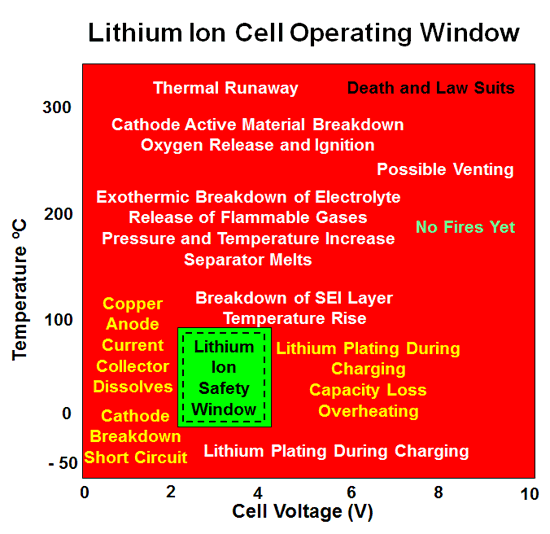Hello,
I am using the slow discharge method provided in the manual (page 21) for my Intelligent Flight Battery that I use for my Phantom 3 Advanced as mentioned below.
While doing this, I notice that my battery temperature is going up to and above 50°C (122°F), which is way above the operating temperature of this battery that is stated in its specifications.
However, there has been no warning in the DJI Go app or a mechanism to prevent this method from heating up the battery this much so far. I wonder if this is safe at all or whether if this method is a bad practice and should not be the primary way to discharge. I am afraid that this much heat is going to degrade my battery life in the long run.
I understand that there is also an option to fast discharge by running the P3A and hovering but I can't always find a place and time to do this, so I choose the slow discharge method which is much more convenient for me to do so. I just let it sit inside my room as described in the method and that's it. I'm wondering if this is okay or not.
I've contacted DJI support to get their opinion as well and will update this thread when I receive it.
Thank you.
I am using the slow discharge method provided in the manual (page 21) for my Intelligent Flight Battery that I use for my Phantom 3 Advanced as mentioned below.
How to discharge your Intelligent Flight Battery:
Slow: Place the Intelligent Flight Battery into the Phantom 3 Advanced’s Battery Compartment and turn it on. Leave it on until there is less than 8% of power left, or until the battery can no longer be turned on. Launch the DJI GO app to check battery levels.
Slow: Place the Intelligent Flight Battery into the Phantom 3 Advanced’s Battery Compartment and turn it on. Leave it on until there is less than 8% of power left, or until the battery can no longer be turned on. Launch the DJI GO app to check battery levels.
While doing this, I notice that my battery temperature is going up to and above 50°C (122°F), which is way above the operating temperature of this battery that is stated in its specifications.
However, there has been no warning in the DJI Go app or a mechanism to prevent this method from heating up the battery this much so far. I wonder if this is safe at all or whether if this method is a bad practice and should not be the primary way to discharge. I am afraid that this much heat is going to degrade my battery life in the long run.
I understand that there is also an option to fast discharge by running the P3A and hovering but I can't always find a place and time to do this, so I choose the slow discharge method which is much more convenient for me to do so. I just let it sit inside my room as described in the method and that's it. I'm wondering if this is okay or not.
I've contacted DJI support to get their opinion as well and will update this thread when I receive it.
Thank you.
Last edited:







